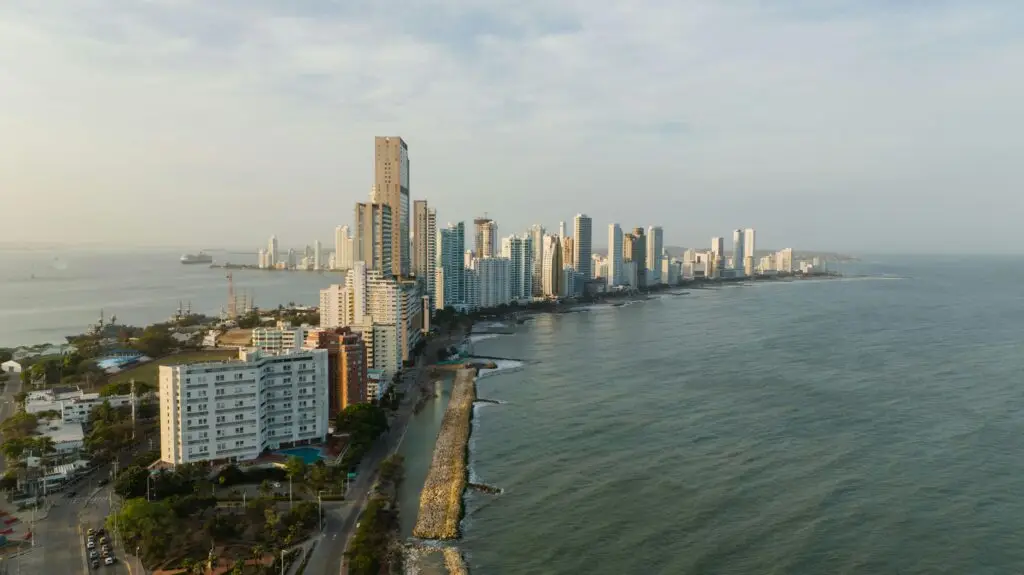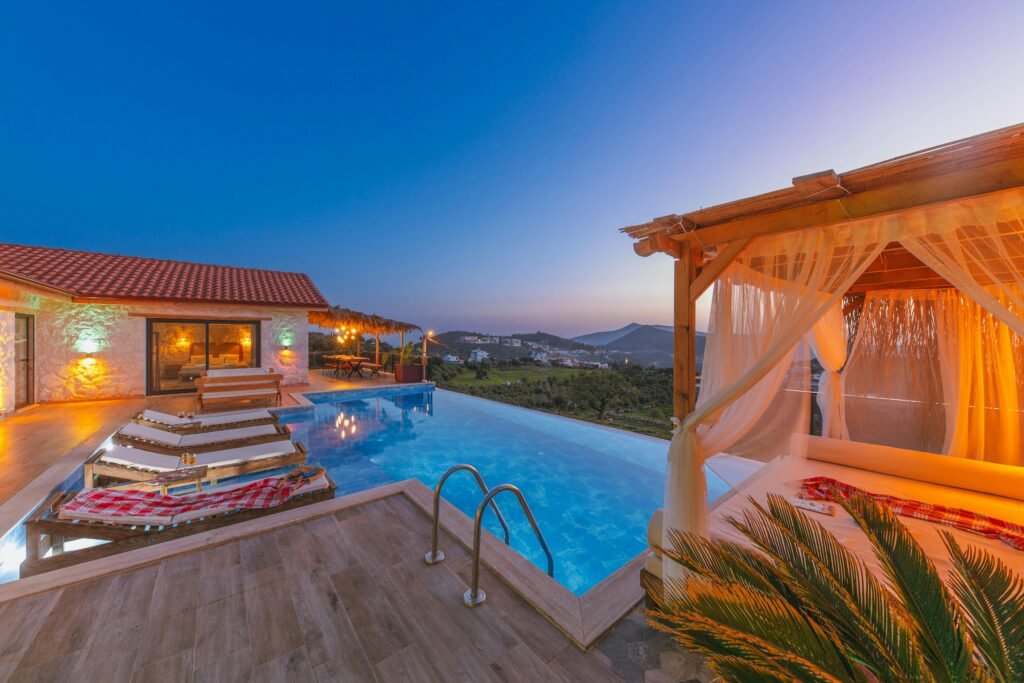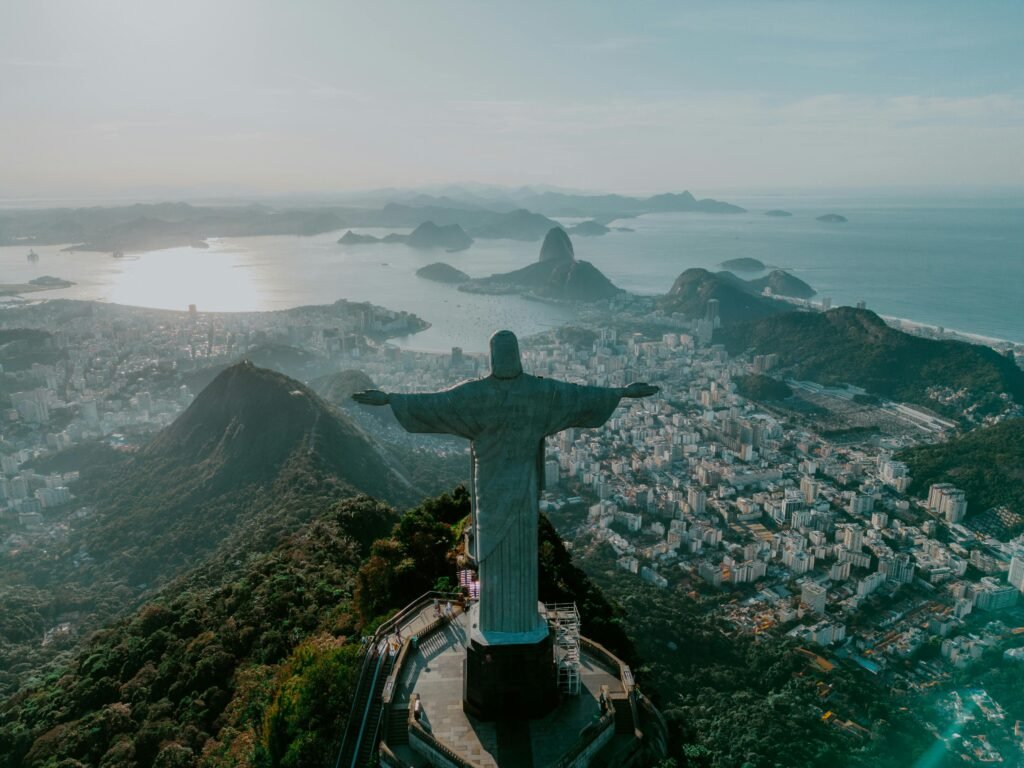Eastern Europe remains one of the world’s most rewarding travel regions, offering incredible value, rich history, and authentic cultural experiences. While cities like Prague and Budapest have gained mainstream popularity, countless hidden gems across this fascinating region await discovery by adventurous travelers in 2025.
From medieval villages frozen in time to pristine national parks and vibrant cultural hubs, Eastern Europe’s lesser-known destinations provide authentic experiences without the overwhelming tourist crowds. These hidden treasures offer exceptional value for money, making them perfect for budget-conscious travelers and luxury seekers alike.
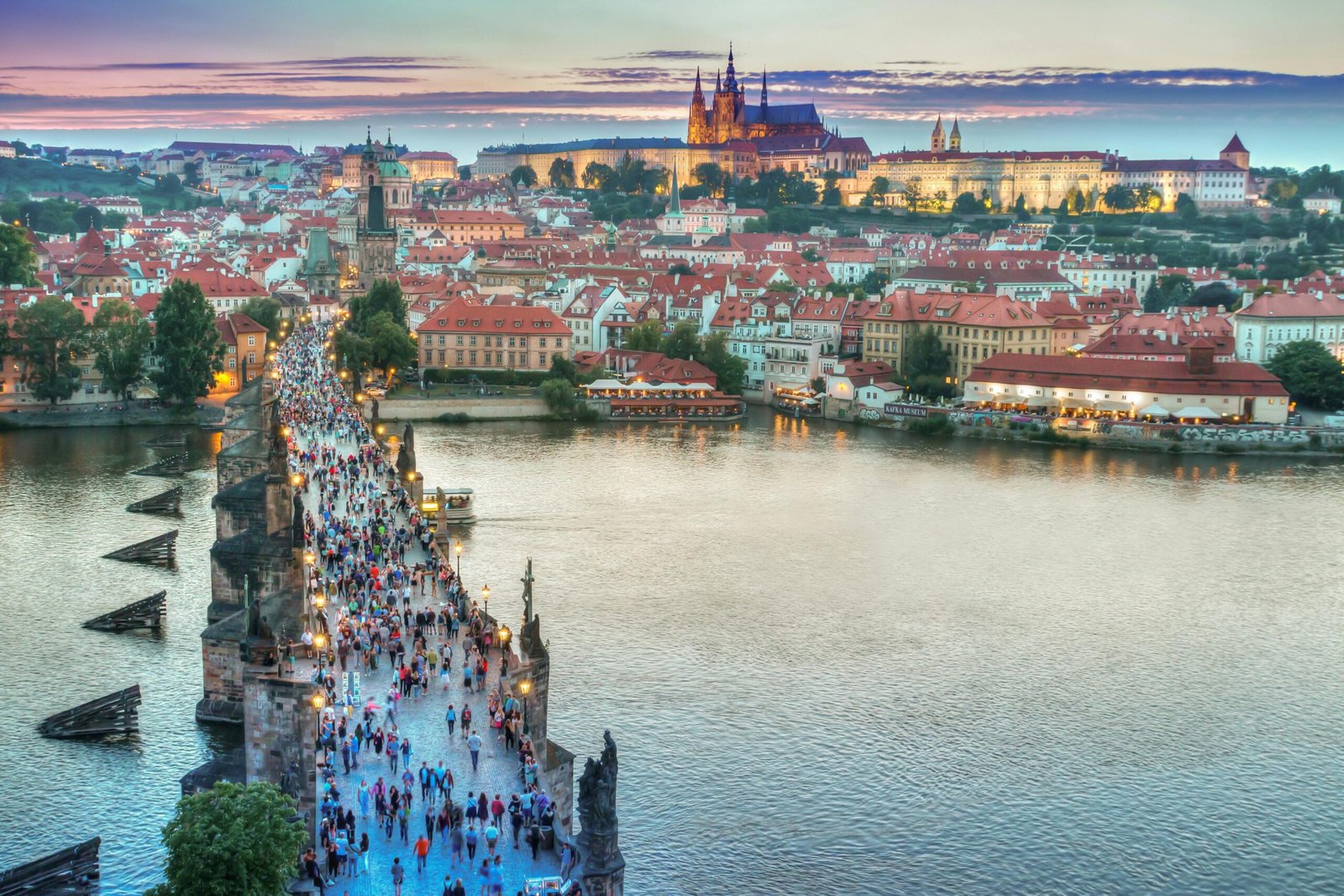
Why Eastern Europe Should Be Your Next Adventure
Eastern Europe presents a unique blend of old-world charm and modern accessibility. The region’s complex history has created a tapestry of architectural styles, from Gothic cathedrals to Soviet-era monuments and contemporary art installations. Local currencies often provide excellent exchange rates for Western travelers, stretching your travel budget significantly further than in Western European capitals.
The hospitality in Eastern Europe is legendary. Locals take genuine pride in sharing their culture with visitors, often going out of their way to recommend hidden restaurants, secret viewpoints, or family-run accommodations that you’ll never find in guidebooks. This personal touch creates meaningful travel experiences that last long after you return home.
Transportation infrastructure has improved dramatically over the past decade. Budget airlines connect major Eastern European cities affordably, while efficient train networks and reliable bus services make overland travel both economical and scenic. Car rental options through platforms like QEEQ or Economybookings provide flexibility for exploring remote areas at your own pace.
12 Hidden Gems Worth Discovering
Sibiu, Romania
Sibiu stands as one of Romania’s most enchanting medieval cities, yet remains surprisingly overlooked by international travelers. The UNESCO World Heritage historic center features colorful baroque buildings, mysterious “eyes of Sibiu” (roof windows that appear to watch passersby), and one of Europe’s most beautiful main squares.
The city served as European Capital of Culture in 2007, leaving behind excellent museums, galleries, and cultural venues. Climb the Council Tower for panoramic views over the terracotta rooftops, or explore the fascinating Brukenthal Museum, housing one of Europe’s oldest art collections.
Day trips from Sibiu include the legendary Bran Castle (often called Dracula’s Castle) and the stunning Transfagarasan Highway, one of the world’s most spectacular mountain roads. Local guesthouses provide authentic Romanian hospitality, often including homemade țuică (plum brandy) and traditional meals featuring mici (grilled meat rolls) and papanași (sweet cheese donuts).
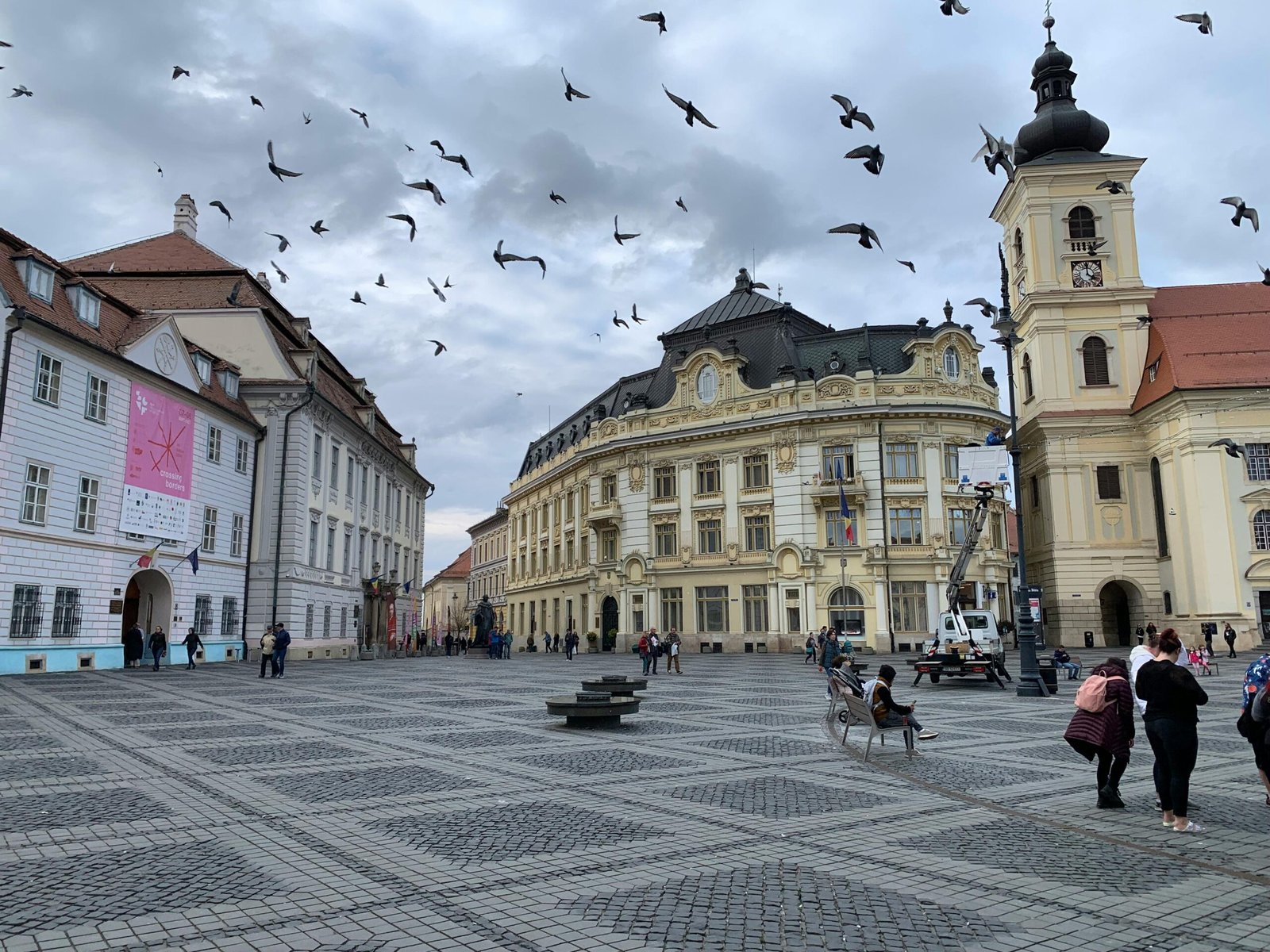
Ohrid, North Macedonia
Lake Ohrid, one of Europe’s oldest and deepest lakes, creates a stunning backdrop for this UNESCO World Heritage town. Ohrid’s cobblestone streets wind past Orthodox churches, Ottoman-era mosques, and traditional lakeside restaurants serving fresh trout and local wines.
The town boasts over 365 churches, earning it the nickname “Jerusalem of the Balkans.” The Church of St. John at Kaneo, perched dramatically on a cliff overlooking the lake, provides one of the most photographed sunset views in the Balkans. Ancient fortifications offer panoramic vistas across the lake to Albania’s mountains.
Swimming in Lake Ohrid’s crystal-clear waters feels like floating in liquid glass. The lake’s unique ecosystem supports endemic species found nowhere else on Earth. Boat trips to the monastery of Sveti Naum near the Albanian border reveal hidden springs and peaceful bay areas perfect for swimming.
Budget travelers will appreciate Ohrid’s affordability. Excellent meals cost under $10, while comfortable guesthouses charge $20-30 per night. The town makes an ideal base for exploring North Macedonia’s wine regions or continuing overland to Albania’s riviera.
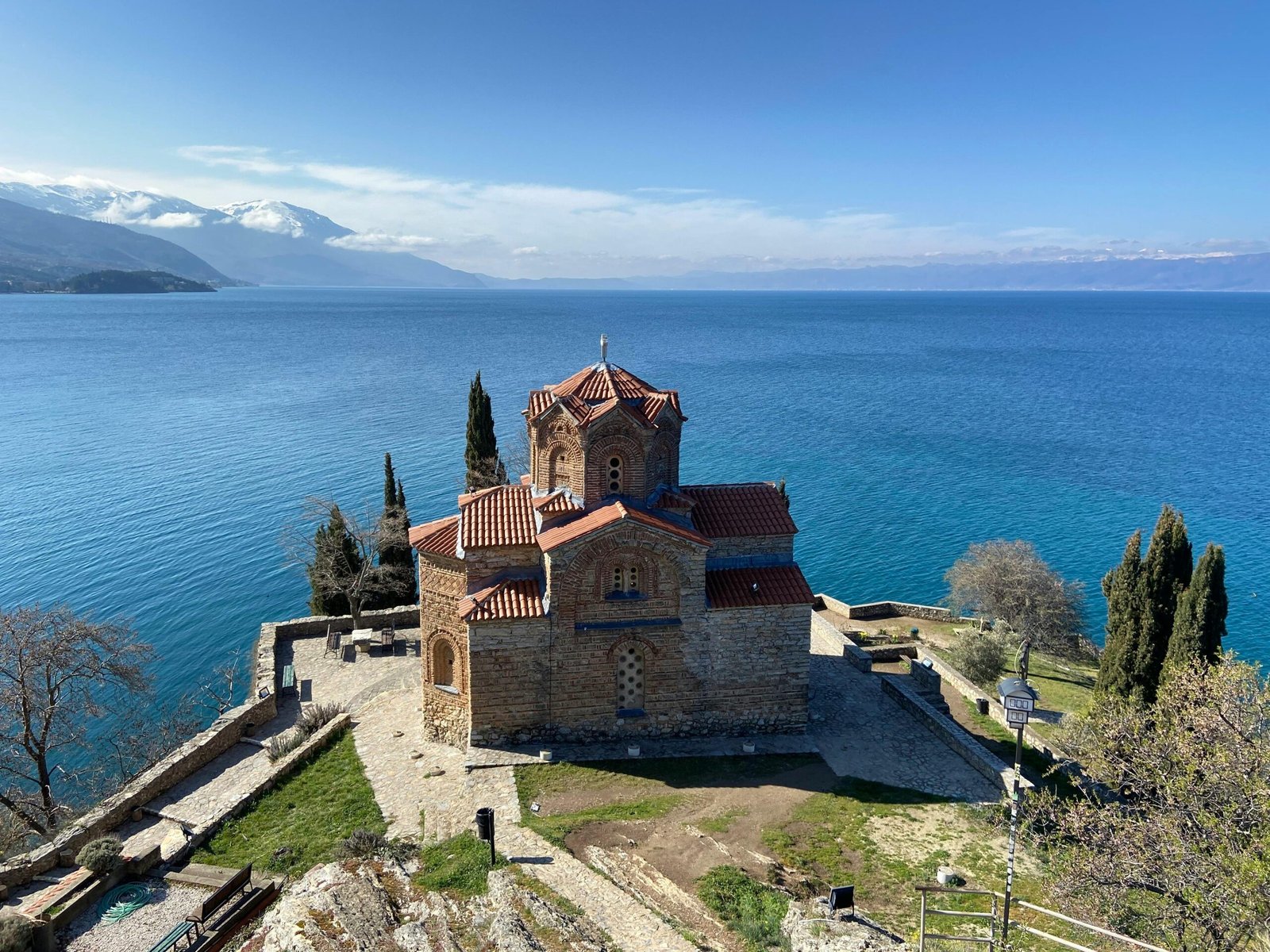
Český Krumlov, Czech Republic
While Prague attracts millions of visitors, Český Krumlov remains a perfectly preserved medieval fairy tale waiting just three hours south. This UNESCO World Heritage town curves around a dramatic bend in the Vltava River, dominated by its stunning 13th-century castle complex.
The castle’s baroque theater, complete with original stage machinery and costumes, operates only a few times per year for special performances. Regular castle tours reveal opulent state rooms, medieval torture chambers, and the unique bear moat that has housed bears since the 16th century (now home to bear statues).
Wander the twisted cobblestone streets to discover artisan workshops, cozy taverns serving traditional Czech cuisine, and hidden gardens overlooking the river. The town’s compact size means you can explore everything on foot, yet each corner reveals new photogenic angles and historical details.
River rafting on the Vltava provides a unique perspective of the castle and old town from water level. Several operators offer half-day trips suitable for beginners, including equipment and basic instruction. Evening concerts in historic venues add cultural depth to your visit.
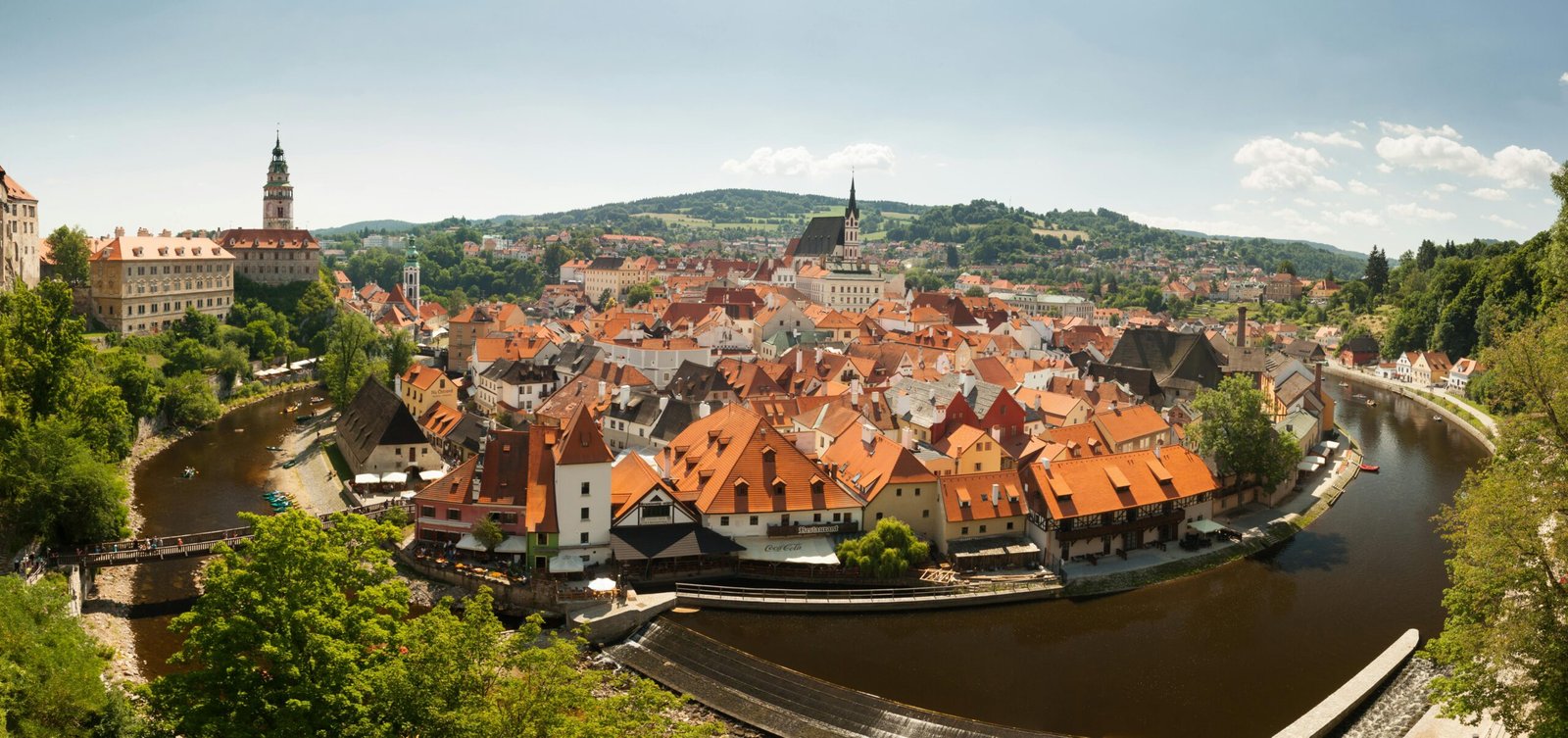
Plitvice Lakes, Croatia
Croatia’s oldest national park showcases 16 terraced lakes connected by waterfalls and cascades in an almost supernatural display of natural beauty. Wooden walkways wind through this aquatic wonderland, allowing close encounters with the park’s unique travertine formations and crystal-clear pools.
The park’s color palette changes with seasons and weather conditions. Spring brings roaring waterfalls fed by snowmelt, while autumn paints the surrounding forests in brilliant reds and golds reflected in mirror-like lake surfaces. Each season offers distinct photographic opportunities and hiking experiences.
Eight marked trails accommodate different fitness levels and time constraints. The shortest route takes two hours, while the longest full-day hike covers all major viewpoints and waterfalls. Electric boat rides across Kozjak Lake provide rest periods between walking sections.
Arrive early morning or late afternoon to avoid crowds and capture the best lighting conditions. The park’s entrance fees include electric boat and shuttle bus transportation between trail sections. Nearby accommodations range from luxury hotels to budget guesthouses and camping sites.
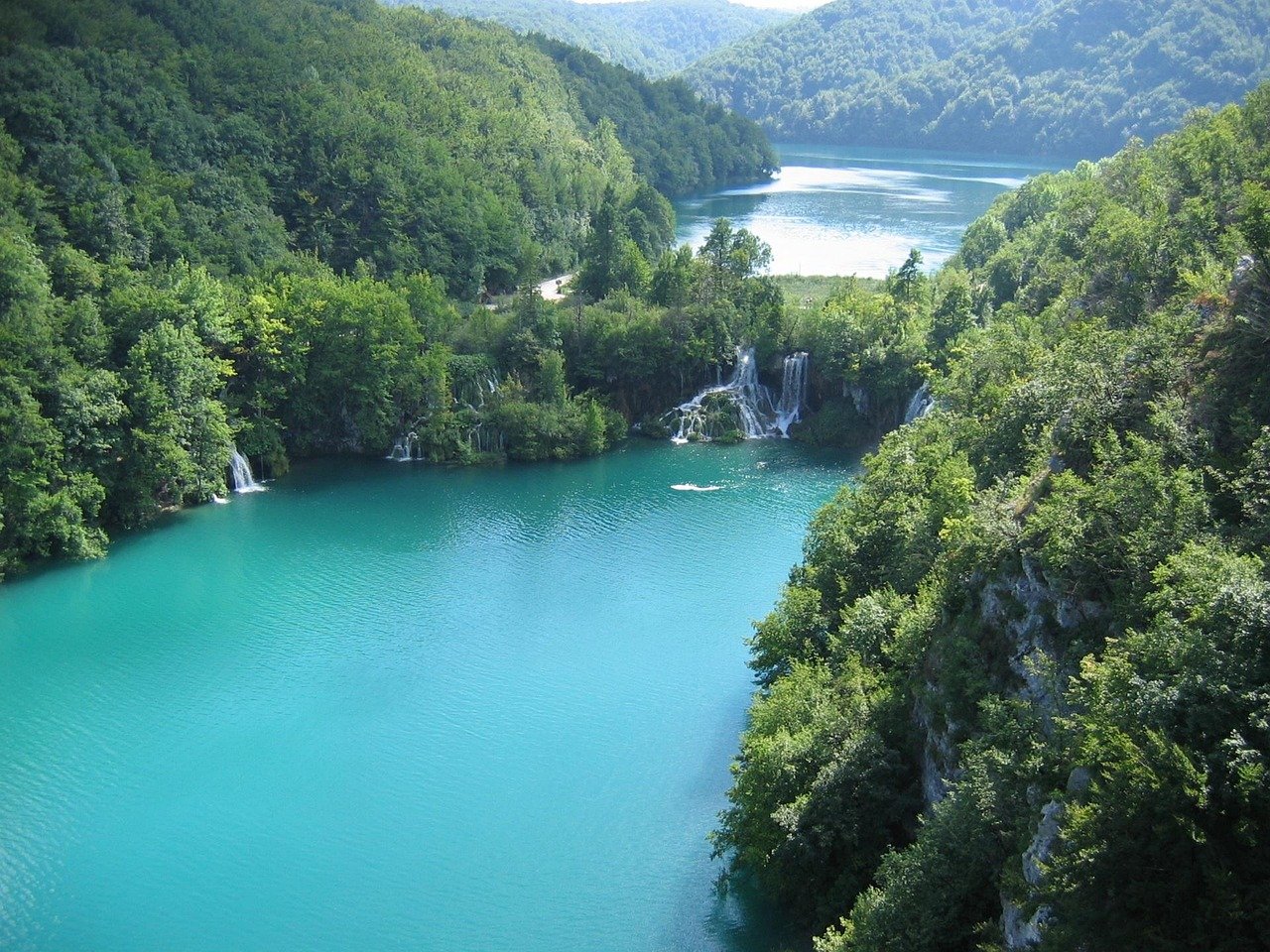
Lviv, Ukraine
Lviv’s UNESCO-listed old town rivals any European capital for architectural beauty and cultural richness. The city’s location at historical crossroads created a unique blend of Polish, Austrian, and Ukrainian influences visible in its churches, palaces, and public spaces.
Coffee culture in Lviv approaches obsession levels. The city claims to have invented the bagel and maintains numerous coffee roasters and themed cafés that double as museums. Traditional coffee houses serve dozens of preparation methods alongside Austrian-inspired pastries and local specialties.
Climbing St. Elizabeth’s Church or the Town Hall provides spectacular panoramic views over the colorful rooftops and surrounding Carpathian foothills. Evening walks reveal hidden courtyards, art galleries, and underground bars that give Lviv its bohemian reputation.
The nearby Carpathian Mountains offer excellent hiking, skiing, and rural tourism opportunities. Traditional villages preserve centuries-old customs, crafts, and architecture. Day trips can include visits to ancient wooden churches, local markets, and family-run distilleries producing samogon (moonshine).
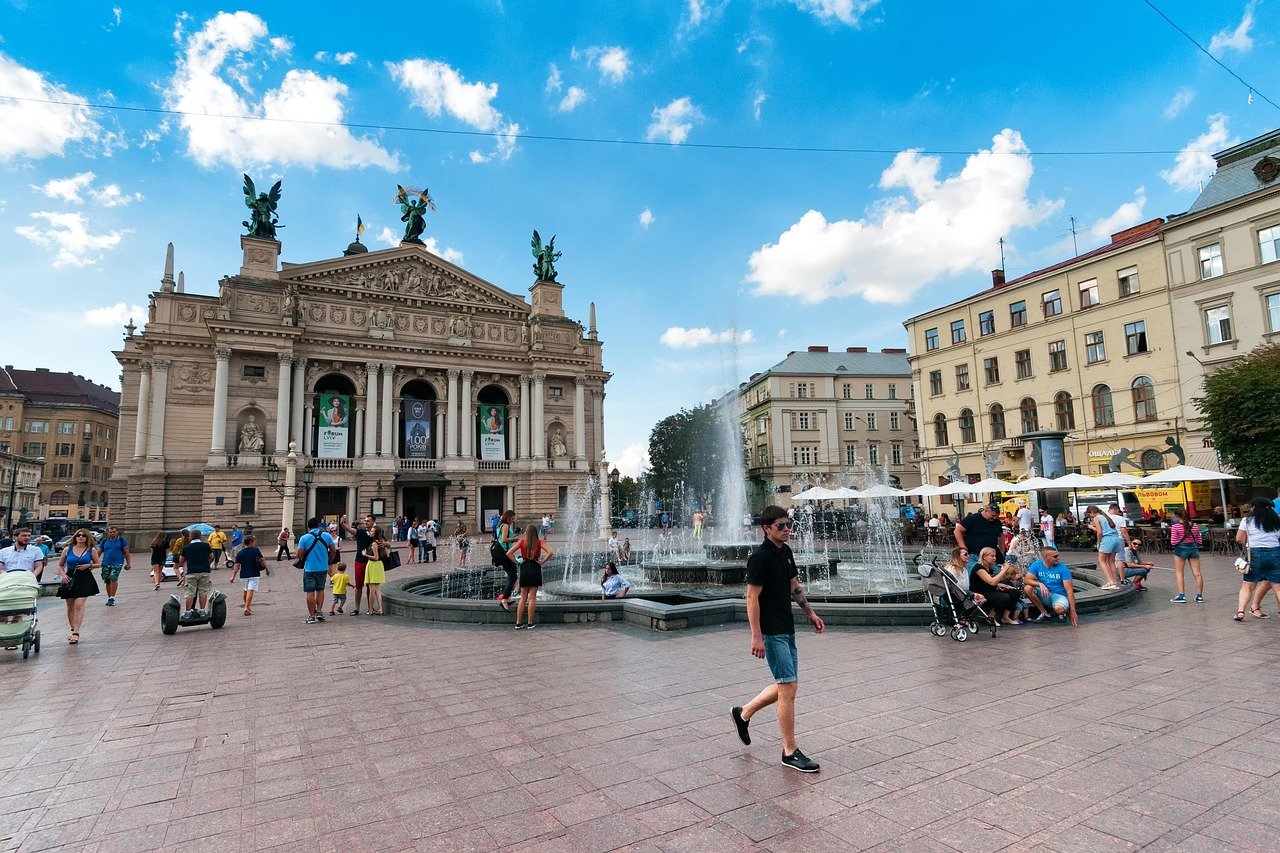
Tallinn, Estonia
Tallinn’s medieval old town, one of Europe’s best-preserved walled cities, feels like stepping into a Brothers Grimm fairy tale. Cobblestone streets lead past Gothic spires, merchant houses, and ancient city walls still punctuated by defensive towers.
The city successfully balances historical preservation with modern innovation. Estonia’s digital revolution has created a thriving startup scene, while traditional craft guilds continue centuries-old practices. This contrast between old and new creates fascinating cultural experiences.
Toompea Hill offers commanding views over the Baltic Sea and old town’s red-tiled roofs. The Russian Orthodox Alexander Nevsky Cathedral’s onion domes provide striking contrast against Gothic Lutheran churches. Medieval restaurants serve hearty Estonian cuisine including elk, boar, and traditional black bread.
Day trips from Tallinn include Lahemaa National Park’s pristine forests and coastal landscapes, plus charming seaside towns like Haapsalu with its romantic castle ruins. Ferry connections to Helsinki make Tallinn an excellent starting point for exploring the Baltic region.
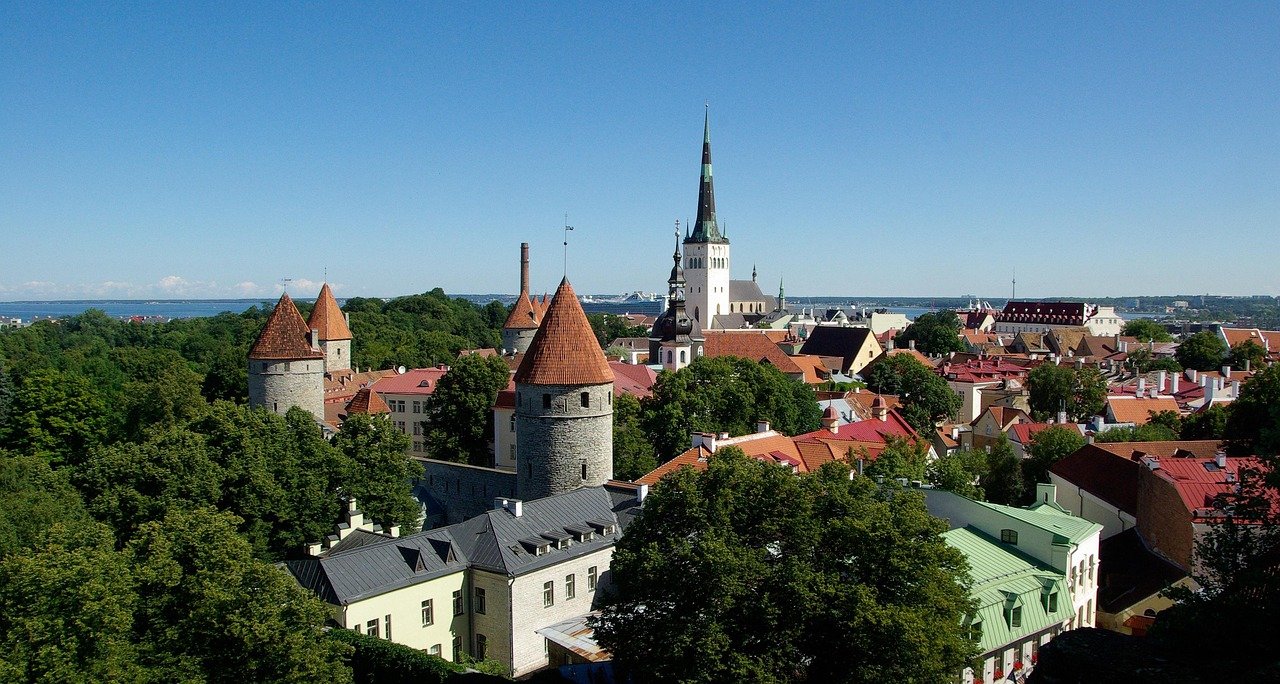
Brasov, Romania
Nestled in the Carpathian Mountains, Brasov combines German colonial architecture with Romanian mountain culture. The town’s main square, surrounded by pastel-colored baroque buildings, serves as the heart of this former Transylvanian Saxon settlement.
Mount Tampa’s cable car system provides easy access to panoramic viewpoints over the old town and surrounding peaks. The massive Brasov sign, Hollywood-style letters on the mountainside, creates a unique photo opportunity blending local pride with international recognition.
The nearby Bran Castle draws Dracula enthusiasts, while Rasnov Fortress offers equally impressive medieval architecture without the crowds. Traditional restaurants serve hearty Romanian mountain cuisine including ciorbă de burtă (tripe soup) and mici (grilled meat rolls) paired with local wines.
Brasov serves as an excellent base for exploring Transylvania’s castles, fortified churches, and mountain villages. The nearby Poiana Brasov ski resort operates year-round with hiking trails replacing ski slopes during summer months.
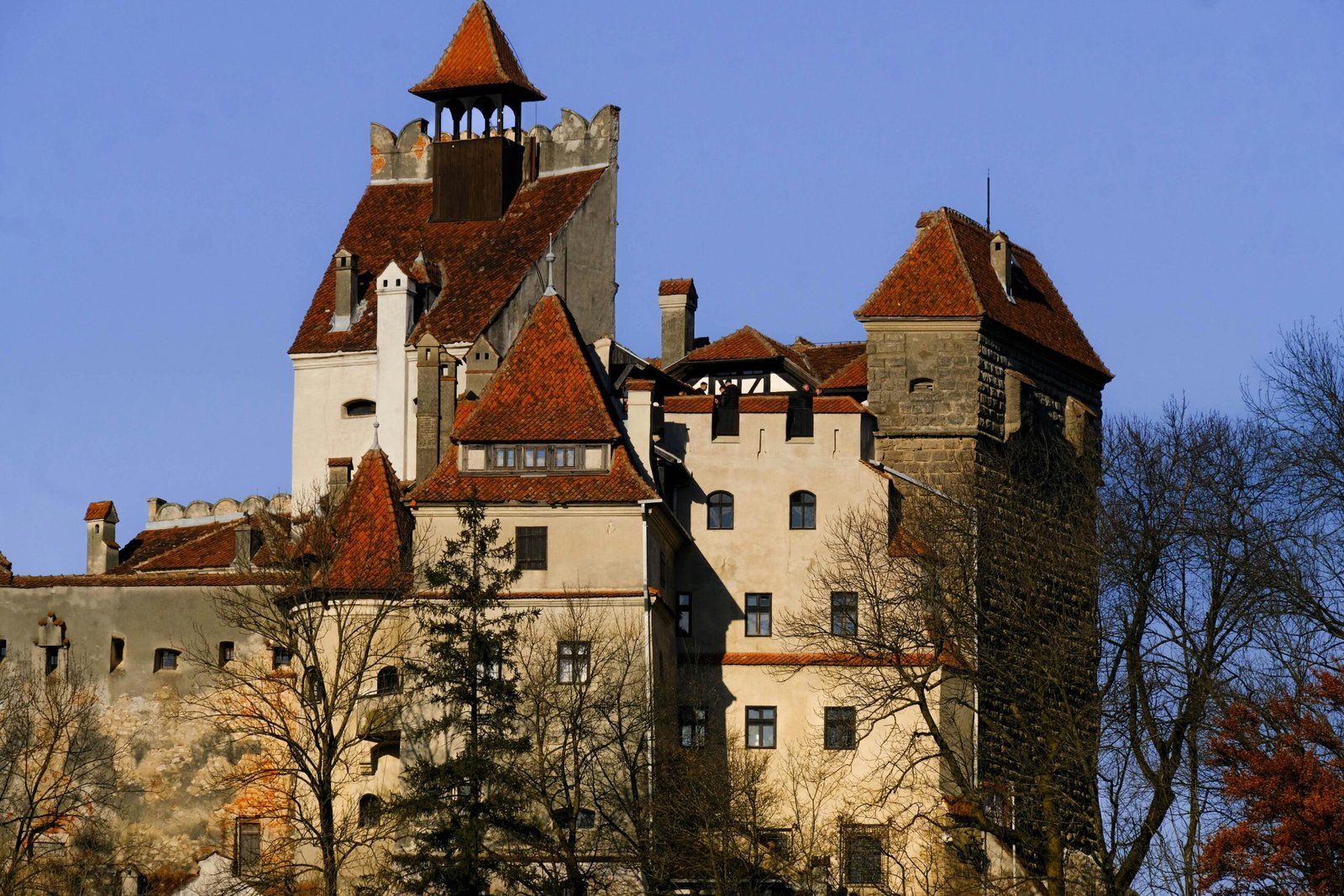
Lake Bled Alternative: Lake Bohinj, Slovenia
While Lake Bled attracts Instagram crowds, Lake Bohinj offers equally stunning alpine scenery with authentic local atmosphere. This glacial lake, Slovenia’s largest, sits within Triglav National Park surrounded by dramatic peaks and pristine forests.
The Vogel Cable Car ascends to spectacular mountain viewpoints overlooking the lake and surrounding Julian Alps. Hiking trails range from gentle lakeside walks to challenging mountain climbs, including routes to Triglav, Slovenia’s highest peak.
Traditional lakeside villages preserve centuries-old customs and architecture. Local churches feature beautiful frescoes and wooden altars, while family-run guesthouses serve regional specialties like struklji (rolled dumplings) and jota (bean and sauerkraut stew).
Water activities include swimming, kayaking, and stand-up paddleboarding in the lake’s pristine waters. The Savica Waterfall, a short hike from the lake, provides one of Slovenia’s most photogenic natural attractions.
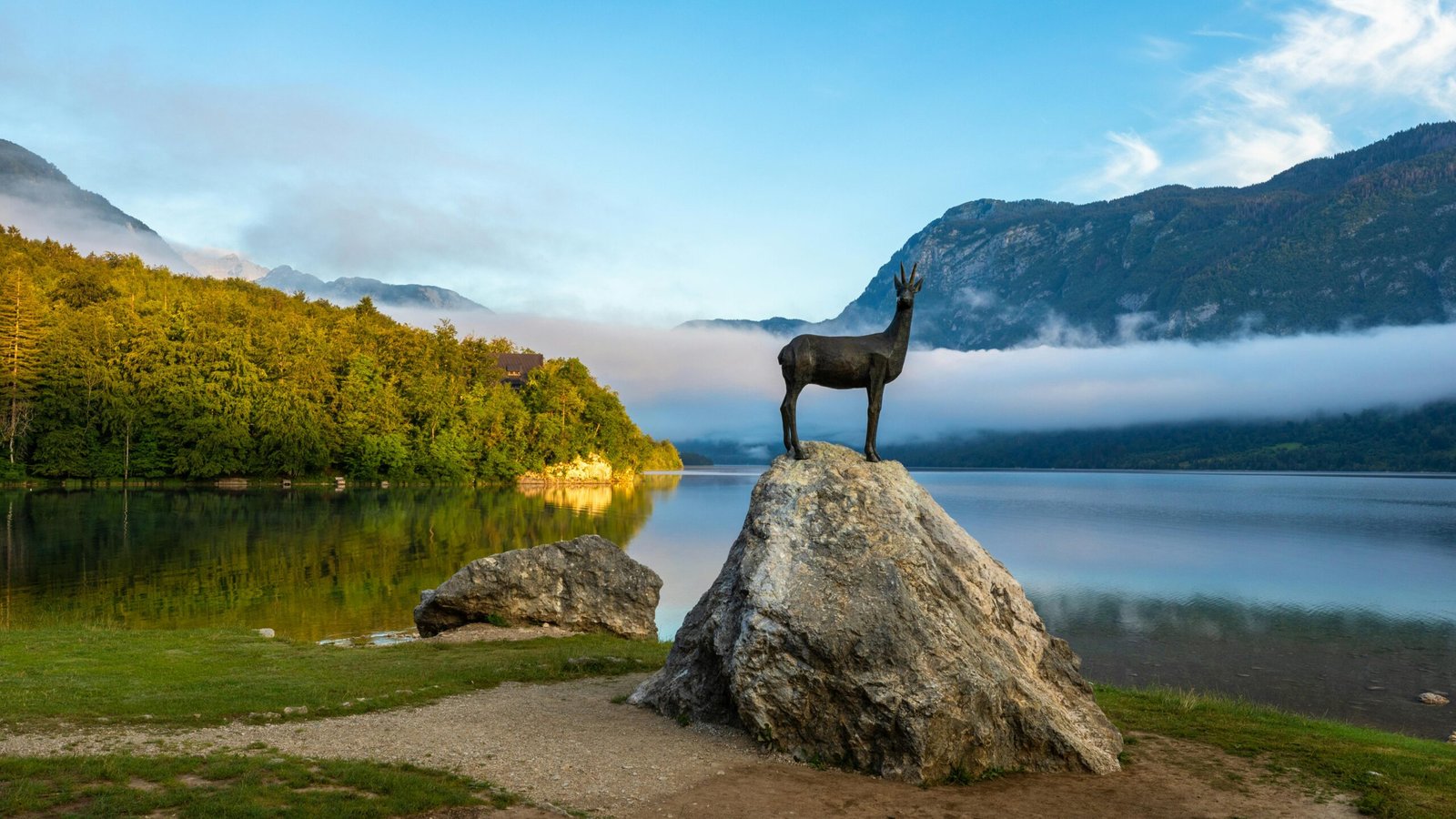
Plovdiv, Bulgaria
Bulgaria’s second city predates Rome and Athens, with over 6,000 years of continuous habitation creating layers of history visible throughout the modern city. The UNESCO-listed old town showcases colorful National Revival period houses built atop ancient Thracian, Roman, and Byzantine foundations.
The remarkably preserved Roman Theater still hosts performances against a backdrop of modern Plovdiv and distant mountains. The ancient stadium lies partially buried beneath the modern pedestrian zone, with visible sections creating surreal juxtapositions of past and present.
Kapana, the old artisan quarter, has transformed into a vibrant creative district filled with galleries, workshops, and innovative restaurants. Local artists maintain studios in centuries-old buildings, creating contemporary art within historical settings.
Day trips include the Bachkovo Monastery, one of Bulgaria’s largest Orthodox monasteries, and the charming town of Koprivshtitsa with its colorful museum houses and revolutionary history. The nearby Rhodope Mountains offer excellent hiking and traditional village experiences.
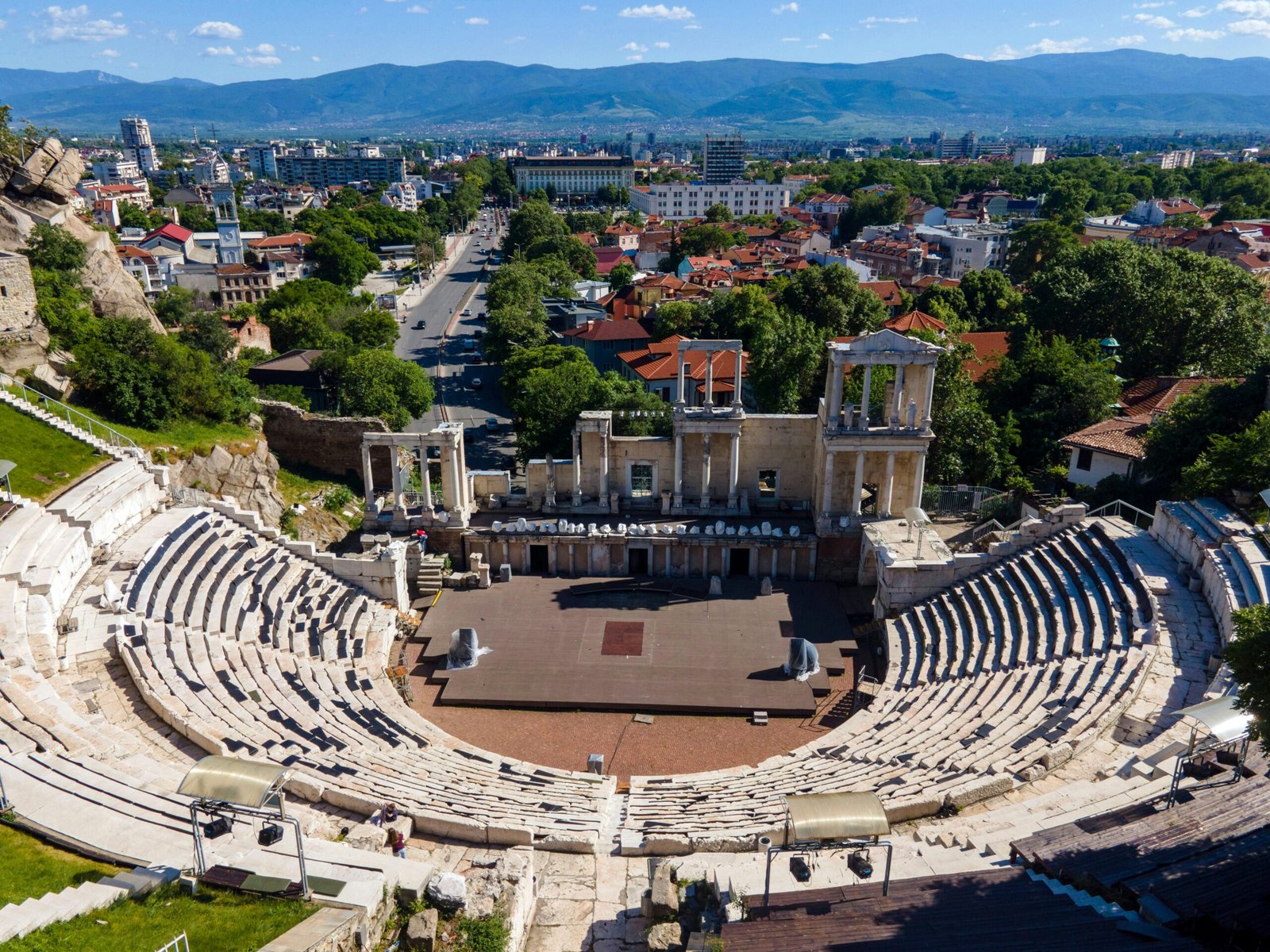
Kaunas, Lithuania
Lithuania’s former capital maintains a distinctly different character from Vilnius, with extensive Art Deco architecture and a thriving contemporary arts scene. The old town’s Gothic and Renaissance buildings house innovative galleries, craft breweries, and restaurants serving modern interpretations of Lithuanian cuisine.
The Ninth Fort serves as a sobering reminder of 20th-century history, while the nearby Pažaislis Monastery showcases baroque architecture considered among Eastern Europe’s finest. The city’s compact size makes everything walkable, yet each district offers distinct architectural styles and cultural attractions.
Local craft beer culture has exploded in recent years, with numerous microbreweries producing innovative flavors using traditional Lithuanian ingredients. Beer tours combine tastings with historical insights into Lithuanian brewing traditions dating back centuries.
The nearby Curonian Spit, a UNESCO World Heritage sand dune peninsula shared with Russia’s Kaliningrad region, provides unique coastal landscapes and traditional fishing villages. Day trips can include visits to the Hill of Crosses, one of Lithuania’s most famous pilgrimage sites.
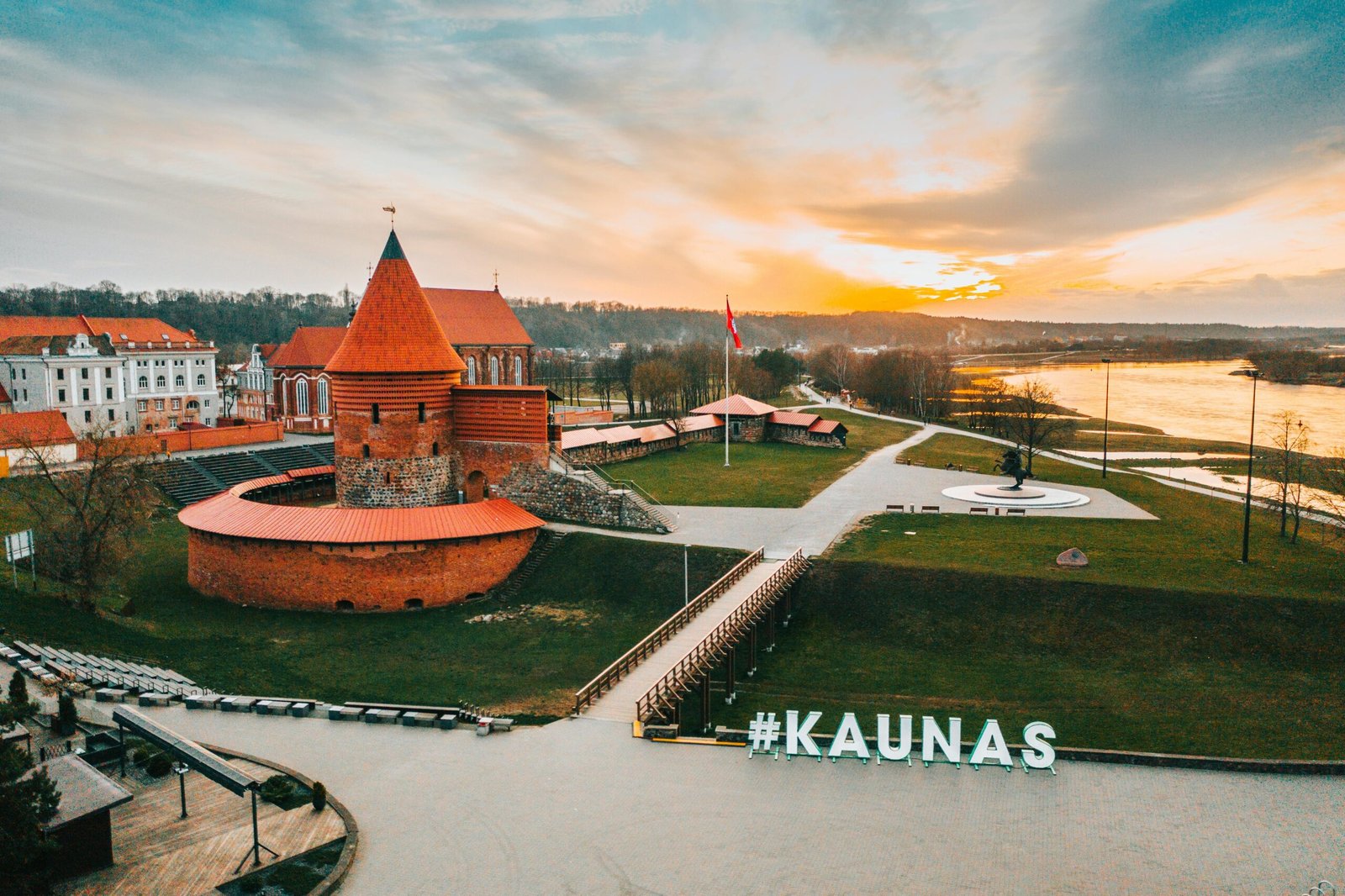
Maramures, Romania
This remote Romanian region preserves Europe’s last traditional rural culture, with wooden churches, horse-drawn carts, and time-honored farming practices continuing unchanged for centuries. Eight wooden churches hold UNESCO World Heritage status for their unique architecture and historical significance.
The Merry Cemetery in Săpânţa features colorful wooden crosses with humorous epitaphs celebrating the deceased’s life stories. This unique approach to death reflects the region’s resilient spirit and rich oral traditions passed down through generations.
Traditional villages offer authentic rural tourism experiences including participation in seasonal activities like haymaking, sheep shearing, or traditional crafts. Local families provide accommodation and meals featuring organic ingredients from their own farms.
The narrow-gauge steam railway through the Vaser Valley operates as both tourist attraction and practical transportation for remote mountain communities. This scenic journey provides access to pristine forests and traditional logging camps.
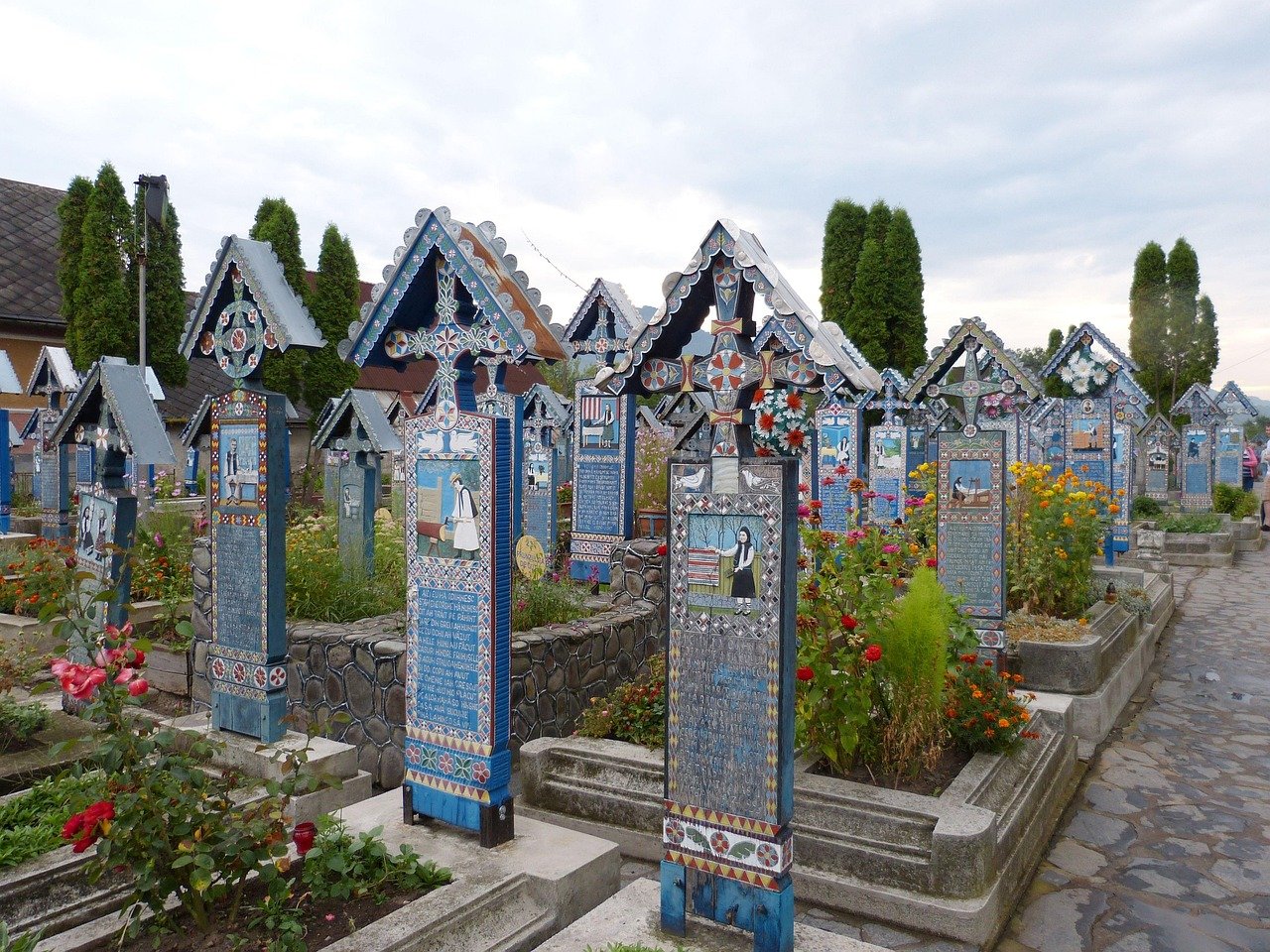
Kotor, Montenegro
While Montenegro’s coast gains popularity, most visitors overlook Kotor’s incredible medieval old town nestled beneath dramatic mountain walls. This UNESCO World Heritage site preserves Venetian architecture within impressive fortifications dating back over 1,000 years.
The climb to the Castle of San Giovanni rewards hikers with breathtaking views over Kotor Bay, often called Europe’s southernmost fjord. The zigzag path passes numerous chapels and viewpoints, making the ascent as interesting as the destination.
The old town’s labyrinthine streets hide numerous churches, palaces, and squares, each revealing different architectural influences from Kotor’s complex history under Venetian, Austrian, and Yugoslav rule. Cat lovers will appreciate the city’s famous feline population, protected by local residents and celebrated in souvenir shops.
Boat trips explore the bay’s hidden coves, artificial islands, and coastal villages accessible only by water. Traditional restaurants serve fresh seafood and Montenegrin wines in settings overlooking the bay’s mirror-like waters.
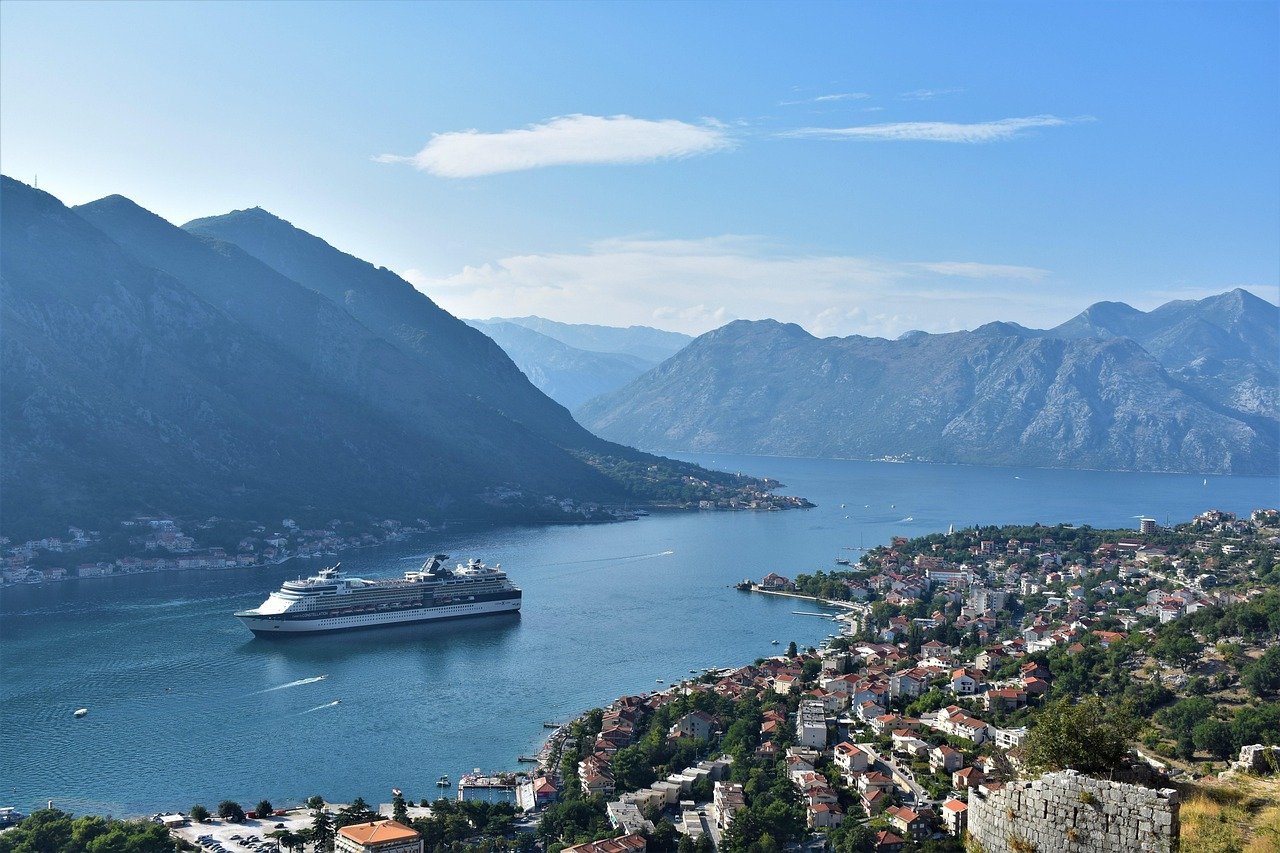
Planning Your Eastern European Adventure
Transportation Options
Getting around Eastern Europe has never been easier or more affordable. Budget airlines connect major cities for as little as €20-50, while train networks provide scenic overland routes perfect for travelers who enjoy the journey as much as the destination.
Kiwi offers excellent flight comparison tools with unique routing options that can save significant money on multi-city trips. Their virtual interlining connects smaller airlines that don’t traditionally code-share, opening up routing possibilities unavailable elsewhere.
For ground transportation, GetTransfer provides reliable private transfers between cities and airports, while Kiwitaxi offers competitive pricing for longer routes. Regional bus companies like FlixBus connect major destinations affordably, though booking in advance ensures better prices and seat selection.
Car rental through QEEQ or AutoEurope opens up remote destinations inaccessible by public transportation. International driving permits are required in most Eastern European countries, and some rental companies require them even if local laws don’t mandate them.
Accommodation Strategies
Eastern Europe offers exceptional accommodation value across all budget ranges. Luxury hotels in Prague or Budapest cost less than mid-range options in Western European capitals, while budget accommodations provide clean, safe lodging for as little as €15-25 per night.
Hotels and Expedia frequently offer package deals combining flights and accommodations for additional savings. Their loyalty programs provide free nights after accumulating stays, valuable for extended Eastern European journeys.
Vrbo showcases unique properties including castle apartments, traditional wooden houses, and urban lofts in historic buildings. These options often provide better value for groups or longer stays, plus kitchen access for preparing local market ingredients.
Rural tourism has exploded across Eastern Europe, with family-run guesthouses offering authentic cultural experiences including home-cooked meals, local activity guidance, and insights into traditional ways of life that most tourists never experience.
Essential Travel Preparation
Travel insurance becomes crucial when exploring Eastern Europe’s more remote destinations. VisitorsCoverage provides comprehensive policies covering adventure activities, medical evacuation, and trip cancellation protection tailored for international travel.
Communication stays seamless with Airalo eSIM cards providing affordable data across multiple countries without roaming charges. Their regional packages cover entire Eastern European regions, eliminating the need to purchase separate SIM cards in each country.
Currency considerations vary significantly across the region. While some countries use the Euro, others maintain national currencies that can provide excellent exchange rates for Western visitors. ATMs are widely available in cities, but carrying some cash becomes essential for rural areas and traditional markets.
Cultural Etiquette and Local Customs
Eastern European cultures generally appreciate formal politeness, especially when first meeting people. Learning basic greetings in local languages creates positive first impressions and often leads to friendlier interactions and insider recommendations.
Tipping practices vary by country but generally range from 10-15% for good service in restaurants. In some countries, rounding up the bill is sufficient, while others expect more formal tipping protocols. Observing local diners provides the best guidance.
Religious sites require respectful dress and behavior. Many Orthodox churches prohibit photography, while others allow it without flash. Covering shoulders and legs shows respect, and removing hats demonstrates proper etiquette in religious buildings.
Meal times often differ from Western European patterns. Lunch frequently represents the main meal, served earlier than in Western countries, while dinner might be lighter and later. Embracing local dining customs enhances cultural experiences and often leads to better restaurant recommendations.
Budget-Friendly Travel Tips
Eastern Europe offers incredible value for budget-conscious travelers willing to embrace local customs and avoid tourist traps. Eating at local markets, staying in family-run accommodations, and using public transportation can reduce daily expenses to €30-50 while maintaining comfort and safety.
Student discounts apply at many museums and attractions, while city tourism cards often provide transportation and attraction packages at significant savings. These cards frequently include skip-the-line privileges at popular sites, saving both money and waiting time.
Shopping at local markets provides fresh ingredients at fraction of restaurant costs, while many accommodations include kitchen access. Preparing occasional meals creates opportunities to experiment with local ingredients and cooking techniques while significantly reducing food expenses.
Free walking tours operate in most major Eastern European cities, providing excellent introductions to local history, culture, and hidden gems. These tours operate on tip-based systems, allowing you to pay according to your budget and satisfaction level.
Luxury Travel Experiences
Eastern Europe increasingly offers luxury experiences rivaling Western European destinations at significantly lower prices. Five-star hotels in Prague, Budapest, or Krakow provide world-class service and amenities for prices that wouldn’t cover three-star accommodations in Paris or London.
Villiersjets provides private jet charters for travelers seeking ultimate convenience and luxury when exploring multiple Eastern European destinations. This option particularly appeals to travelers with limited time who want to maximize their regional exploration.
Luxury train journeys, including the Orient Express routes through Eastern Europe, provide unforgettable experiences combining transportation with accommodation and dining. These journeys often include exclusive stops and cultural experiences unavailable to regular travelers.
Private guides and customized tours create personalized experiences tailored to specific interests, whether focusing on culinary traditions, historical sites, or adventure activities. These services often cost less than similar experiences in Western Europe while providing more intimate, authentic encounters.
Seasonal Considerations
Spring (April-May) brings mild weather, blooming countryside, and fewer crowds to most Eastern European destinations. This shoulder season offers excellent weather for hiking and sightseeing while avoiding peak summer prices and congestion.
Summer (June-August) provides the warmest weather and longest days, perfect for outdoor activities and festivals. However, popular destinations experience their heaviest crowds and highest prices during this period. Booking accommodations and attractions in advance becomes essential.
Autumn (September-October) rivals spring for ideal traveling conditions, with comfortable temperatures, beautiful fall foliage, and harvest season activities. Wine regions particularly shine during autumn, with grape harvests and wine festivals creating unique cultural experiences.
Winter transforms Eastern Europe into a magical wonderland, with Christmas markets, winter sports, and cozy indoor cultural activities. Prices drop significantly outside ski resort areas, making winter an excellent time for budget travelers who don’t mind cold weather.
Conclusion: Your Eastern European Adventure Awaits
Eastern Europe’s hidden gems offer authentic travel experiences that become increasingly rare in our interconnected world. These destinations provide opportunities to explore medieval towns, pristine nature, and vibrant cultures without the overwhelming crowds and inflated prices found in Western Europe’s popular destinations.
The region’s improving infrastructure, combined with local hospitality and exceptional value, creates ideal conditions for memorable travel experiences. Whether you’re seeking budget adventures, luxury escapes, cultural immersion, or outdoor activities, Eastern Europe’s hidden gems deliver authentic experiences that exceed expectations.
Start planning your 2025 Eastern European adventure today. These hidden gems won’t remain secret forever, but visiting now allows you to experience their authentic charm before mass tourism transforms their character. The memories, friendships, and experiences awaiting in Eastern Europe’s lesser-known destinations will enrich your life long after you return home.
Book your flights through Kiwi, secure travel insurance with VisitorsCoverage, and prepare for an adventure that will redefine your understanding of European travel. Eastern Europe’s hidden gems are calling – will you answer?

